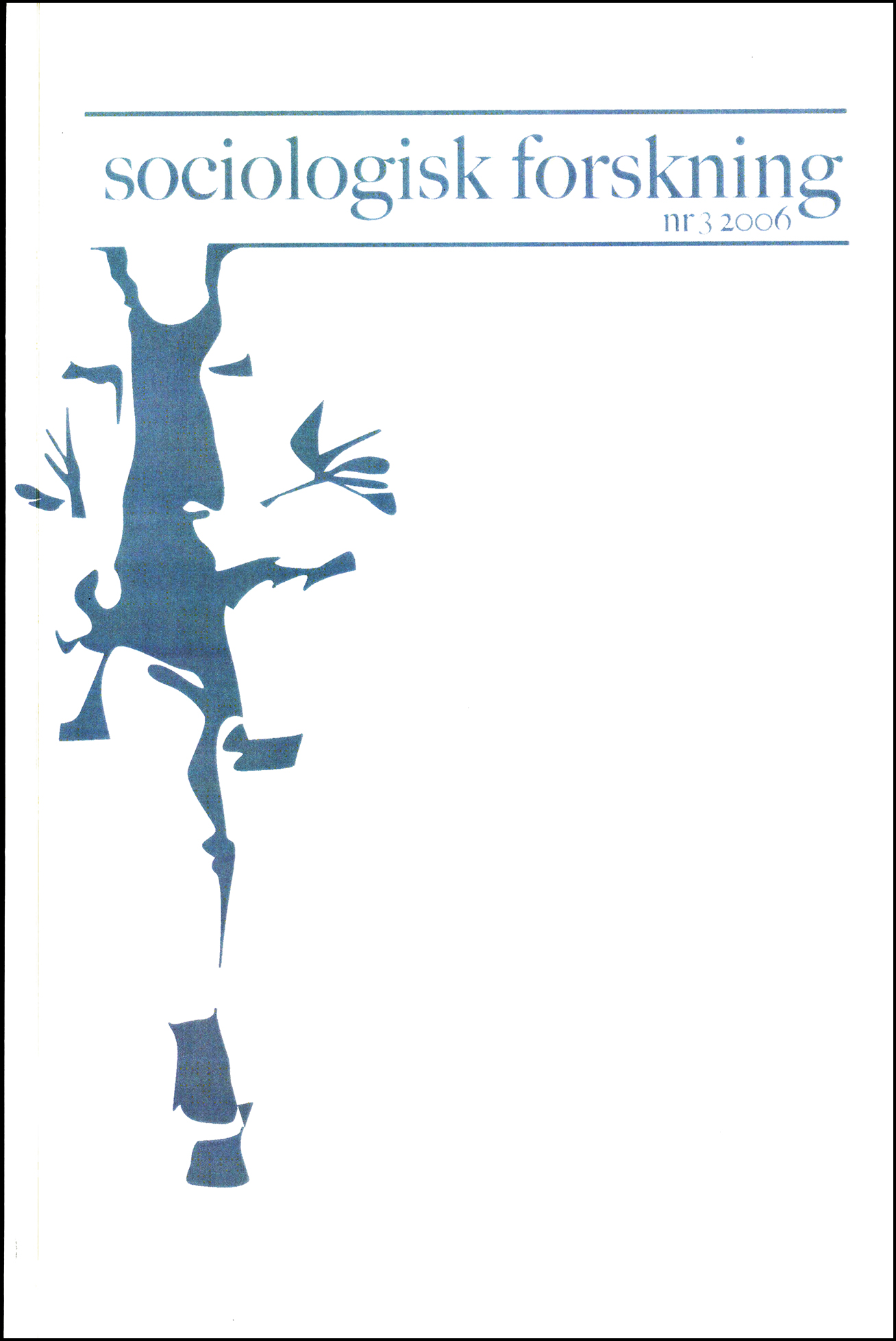Så blev vi alla rasister
Om forskning som bländar och förblindar
DOI:
https://doi.org/10.37062/sf.43.19307Keywords:
structuralism, oppression, racism, democracyAbstract
“Structural oppression” has become a key concept in contemporary Swedish debate on migration and ethnic issues. The aim of this article is to critically examine this explanatory concept that has caused confusion among researchers and politicians. There is a tendency among the advocates of the concept to not accept alternative interpretations. By scrutinizing the theoretical foundations of the perspective this propensity is criticized. When every difference between immigrants and ethnic Swedes is characterized as oppression you confuse a descriptive structuralism with a normative structuralism. One argument in the article is that by doing this you will miss the opportunity to identify social problems other than an oppressive Swedish population. The inability of the perspective to include active subjects is discussed in this context. One consequence is that normative structuralism can not explain the complexity of multicultural relations. In short, the concept of structural oppression can not explain the process that has lead to the present social situation. Normative structuralism therefore comes with a reductionism, which is criticized. As an alternative it is argued for a pluralistic research policy. Another peculiarity with the use of “structural oppression” in contemporary debate is that there is a conceptual drift from “oppression” towards “racism”. This drift is damaging because the interpretation of “racism” in the structuralistic framework makes the majority of the population racist. But, who can be accused for racism if everybody is a racist?
Downloads
Published
How to Cite
Issue
Section
License
All content in Sociologisk Forskning is published with immediate open access, under the Creative Commons license CC BY-NC-ND 4.0.
All content may be read, downloaded, shared and printed for non-commercial purposes, free and without fees. Contents may not be altered. When content is reused, author, source and a link to the copyright licence must be provided. The author retains copyright to their content. No publication fees are charged.





